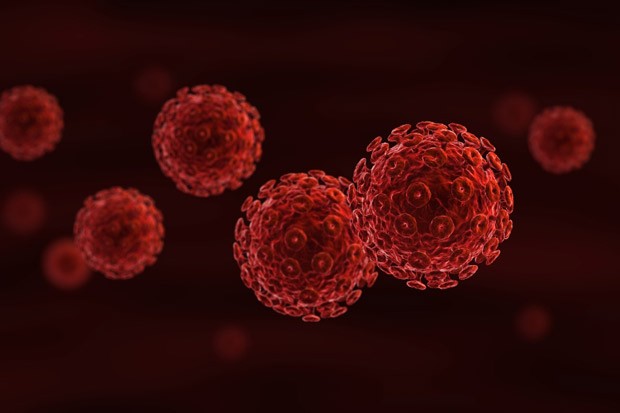Scientists Crack HIV Coating, Leading to Possible AIDS Cure
New mapping shows 'seam' in killer virus's protective shell, opening door for drugs to attack
May 29, 2013
Scientists have long tried to develop therapies that attack HIV's capsid, but it's so far proved too tough to crack.
Scientists have completely mapped the structure of the protein that encases HIV's critical genetic information, a development that could eventually lead to new drugs to fight AIDS.
A research team from the University of Pittsburgh School of Medicine was able to use a supercomputer from the University of Illinois known as "Blue Waters" to reveal "seams" in the HIV's capsid, the protein casing of a virus that holds its DNA. In order to be effective, the capsid has to be strong enough to protect the virus' DNA while it is outside of a host cell, but malleable enough to break open once a virus infects a cell, allowing the virus to reprogram its host.
Scientists have long tried to develop therapies that attack HIV's capsid, but it's so far proved too tough to crack. Its chemical makeup had never been completely described before the University of Pittsburgh study, published Wednesday in Nature.
"HIV's capsid is stable enough to protect the virus' essential components, but it also has to disassociate once it enters the cell," says Peijun Zhang, one of the authors of the study. "Understanding the interface by which it disassociates is important to developing new therapies."
Zhang says that other researchers can now get to work on two possible lines of therapies. They can try to make the capsid "hyperstable" and unable to separate, which would make the virus harmless to humans, or they could make it less stable, destroying the virus before it has a chance to cause damage. Her team discovered a "three-helix bundle" within the capsid that could make a good target for a drug.
"When we saw the structure, we found a very critical interface for the capsid's assembly," she says. "A single amino acid change will lead to the breakdown of it."
[READ: HIV Cure Looks Promising, Danish Scientists Contend]
Developing long-lasting therapies for HIV has proven difficult because the virus mutates extremely quickly, making nearly every antiviral drug eventually ineffective. By physically targeting the capsid, rather than the virus' DNA itself, researchers believe the virus will be less likely to develop resistances.
"Most therapies target the virus' reverse transcriptase," the process that allows the virus to reproduce, Zhang says. "This is another strategy – we can develop drugs against the parts of it that don't mutate as much."
Jason Koebler is a science and technology reporter for U.S. News & World Report. You can follow him on Twitter or reach him at jkoebler@usnews.com.
Copyright © 2013 U.S.News & World Report LP.
http://www.usnews.com/news/articles/2013/05/29/scientists-crack-hiv-coating-leading-to-possible-aids-cure